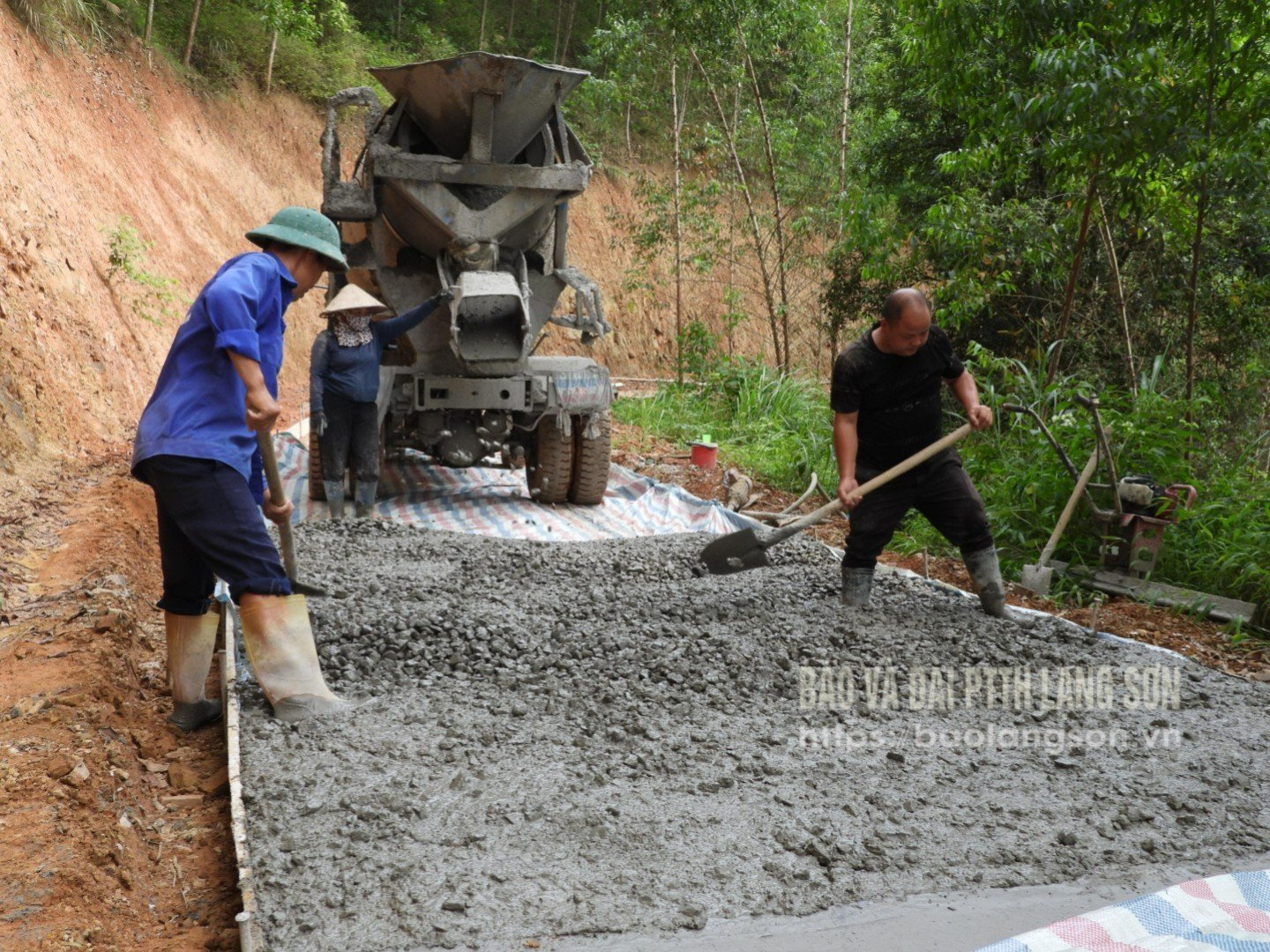
In recent years, the task of hardening rural roads has always been of interest to Lang Son province and resources have been prioritized for investment in rural areas. According to statistics from the Department of Construction, from 2020 to the end of June 2025, the whole province has hardened nearly 1,800 km of rural roads of all kinds, exceeding the target set by the Resolution of the Provincial Party Congress for the 2020-2025 term. Of which, the provincial budget has allocated over 300 billion VND to implement and support communes in implementing the program.
Up to now, the rural traffic infrastructure system in 65 communes and wards in the province includes: 2,736 km long commune roads (2,023 km hardened); 2,038 km long village roads (1,239 km hardened); 4,050 km long alley roads (2,259 km hardened); 346 km long intra-field roads (174 km hardened).
Entering the 2026-2030 period, implementing the Central Government's policy on organizing two-level local governments to streamline the apparatus and improve management efficiency has posed new requirements for the task of developing rural transport infrastructure in new communes. Because although rural transport development has received investment attention in the past, it was on a small scale, with low inter-commune and inter-regional connectivity and connectivity with provincial and national highways. Not only that, the arrangement and establishment of new communes continues to create increasing demand for travel and transportation of goods for people and businesses in the communes.
Mr. Vy Van Bong, Secretary of the Party Committee of Xuan Duong commune, said: Up to now, the whole commune has 21/27 villages with roads from the commune center to the village center that have been hardened; the new commune road system has been hardened for about 60% of the total length of the routes; the alley roads have been hardened for about 70% of the length of the routes. Especially the commune and inter-village road systems in the villages of the old Ai Quoc and Nam Quan communes, the proportion of dirt roads is still very large. Based on the assessment of the current situation, the commune has set a target of striving to asphalt or concrete the commune road to reach 80% of the total length of the routes by 2030 and 26/27 villages have hardened car roads to the village center. To realize this target, the commune will develop a general plan for the new commune and the content of traffic development will be focused on research. Accordingly, the rural traffic infrastructure network will be mentioned in depth in the plan, ensuring inter-commune connectivity. At the same time, the commune determines the list of projects, implementation roadmap for each year and prioritizes resources to complete in the 2026-2030 period.
Like Xuan Duong commune, Tri Le commune also clearly identified the review and investment plan for the rural transport network to achieve long-term development goals. Mr. Luong Dinh Toai, Chairman of Tri Le Commune People's Committee, said: After the arrangement, through a preliminary review of the rural transport infrastructure system, although Tri Le commune has been invested, the scale and connectivity are not high. To overcome this limitation, in the period of 2026-2030, the commune focuses on building a master plan for socio -economic development, and developing transport infrastructure is one of the three breakthroughs associated with new rural construction. The goal is to strive to build a synchronous transport infrastructure system with other technical infrastructure such as irrigation and electricity to promote the development of agricultural and forestry production towards green and sustainable production. Accordingly, in the medium-term public investment plan for the period 2026-2030, the commune proposed to open 5 new commune roads and upgrade 3 existing roads to increase intra-commune and inter-commune connectivity.
Through monitoring, after the communes were merged, the geographical scale and population of many new administrative units were significantly larger, the travel and trade needs of people and businesses would also increase. The system of inter-village and inter-commune roads that had been previously invested in has revealed many shortcomings, affecting the socio-economic development opportunities of the new communes.
Mr. Nghiem Van Hai, former Director of the Department of Transport, currently Chairman of the Lang Son Bridge and Road Science and Technology Association, said: The hardening and upgrading of rural transport infrastructure is a fundamental solution to solve the problem of rapid and sustainable development of each new commune. However, the expansion of rural roads must be carefully calculated, in accordance with the overall planning and development orientation of the locality in the context of regional and communal linkages, which is inevitable to promote development.
Mr. Duong Cong Vi, Director of Lang Son Department of Construction, said: In the period of 2026-2030, the department will continue to advise the Provincial Party Committee, People's Council, and Provincial People's Committee to implement the general planning of 65 commune-level administrative units (including 4 wards and 61 communes). In addition, the department will coordinate with communes to develop a project to develop rural bridges and roads, meeting the requirements for developing rural traffic infrastructure in sync with other infrastructure to serve the socio-economic development of communes in the new situation.
The consolidation of rural traffic after the reorganization of communes is an important task, requiring a large investment of effort and resources; trust in the determination of communes and the cooperation of the entire political system from the province to the commune. The goal is to build a modern, synchronous, highly connected rural traffic infrastructure network that will be effectively implemented by Lang Son province in the period of 2026-2030, contributing to promoting sustainable development and improving the quality of life of the people.
Source: https://baolangson.vn/cung-hoa-giao-thong-nong-thon-sau-sap-xep-cac-xa-huong-toi-tam-nhin-dai-han-5053839.html


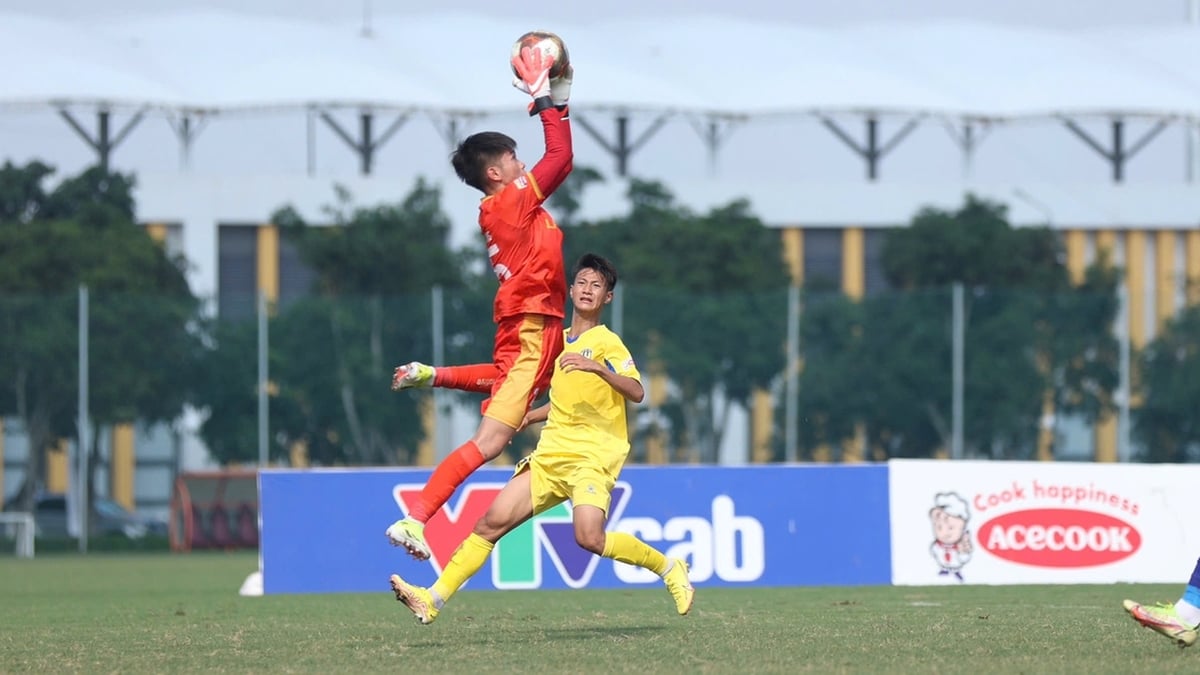


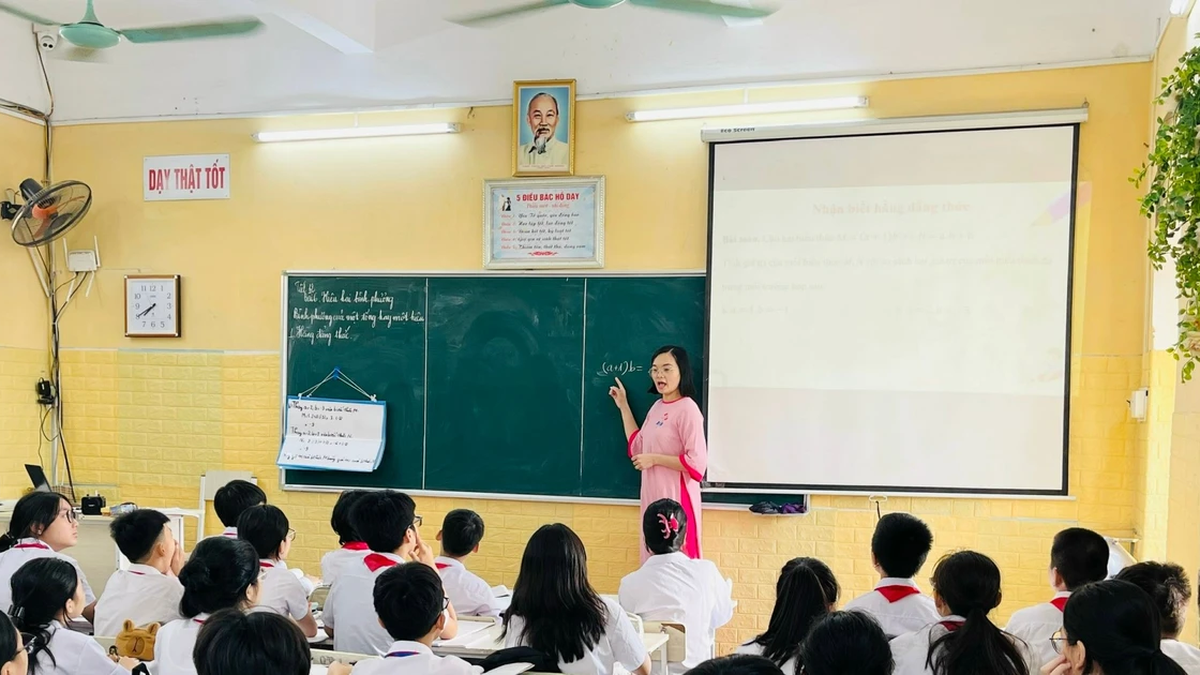

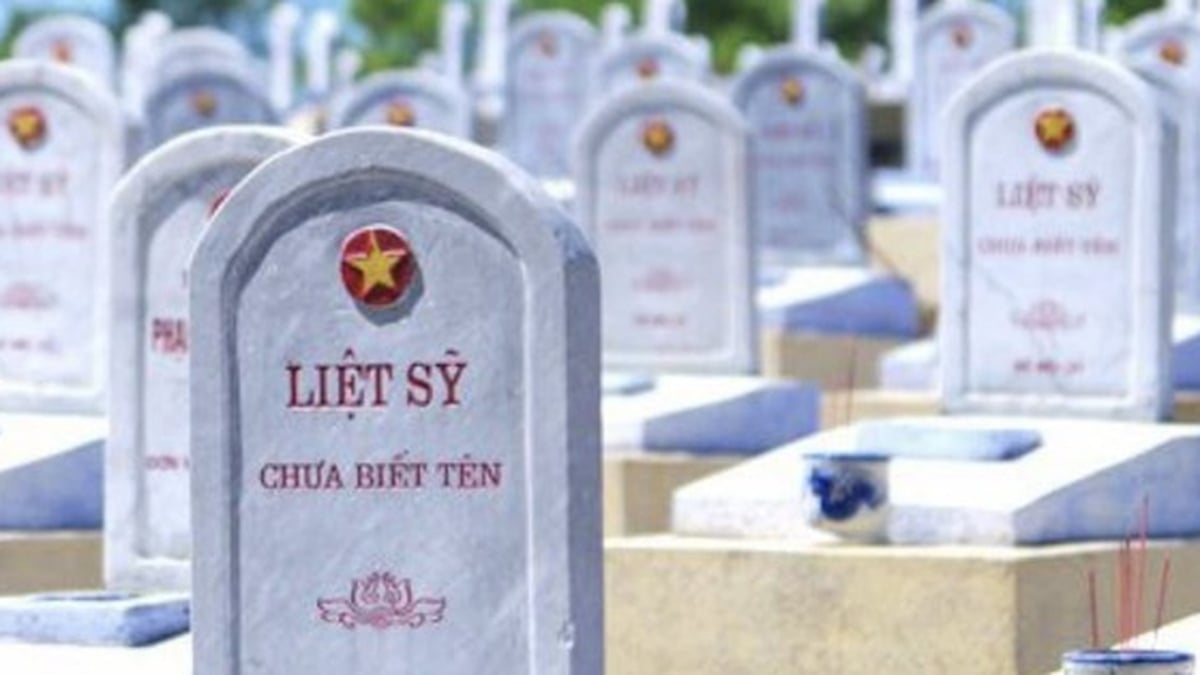
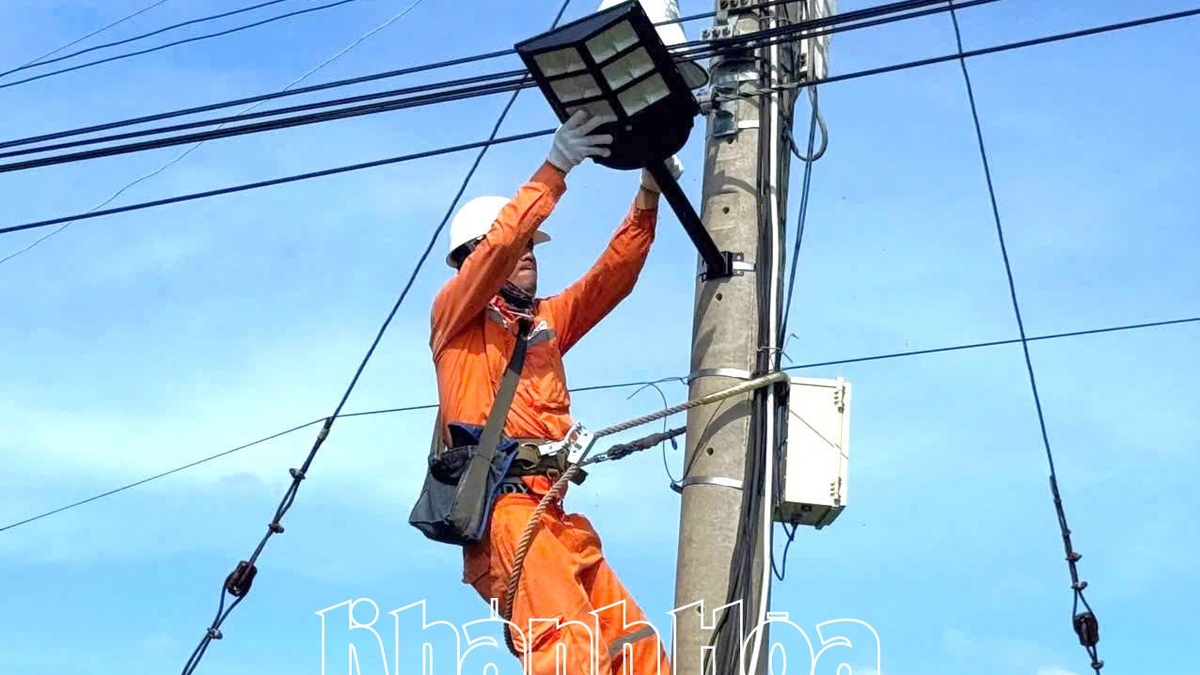

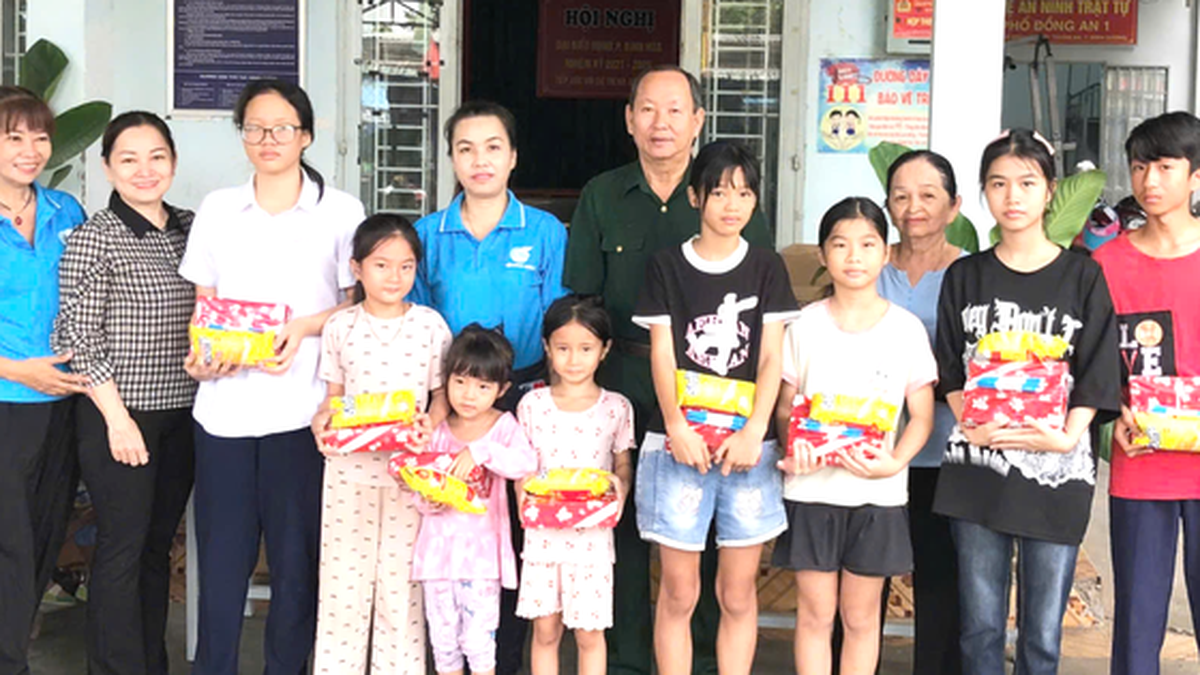


















![[Photo] National Assembly Chairman attends the seminar "Building and operating an international financial center and recommendations for Vietnam"](https://vphoto.vietnam.vn/thumb/1200x675/vietnam/resource/IMAGE/2025/7/28/76393436936e457db31ec84433289f72)




































































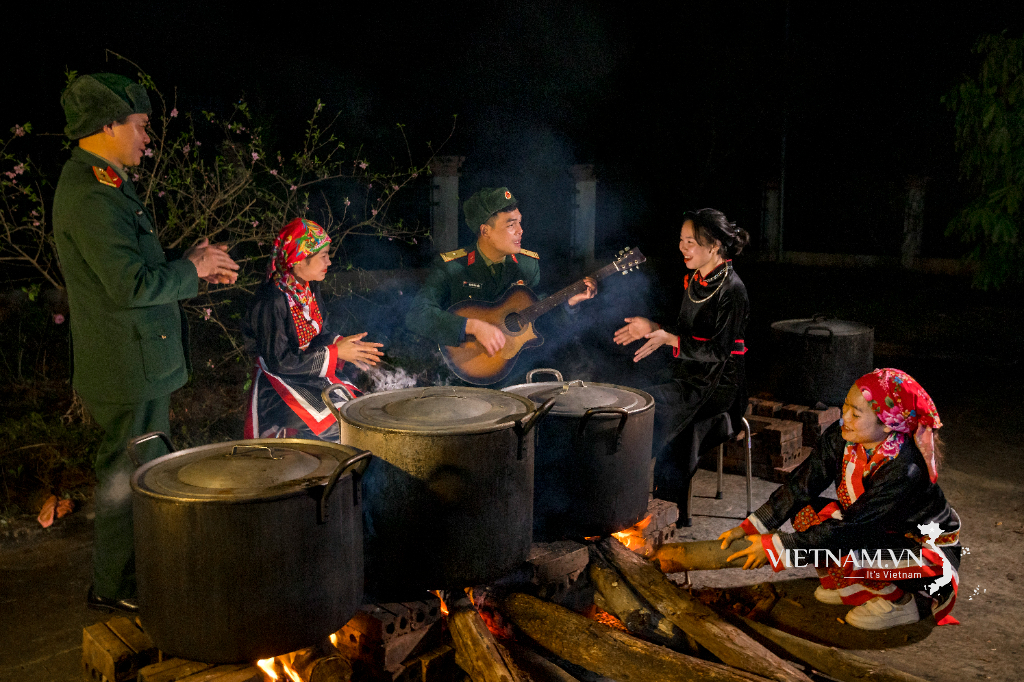

Comment (0)